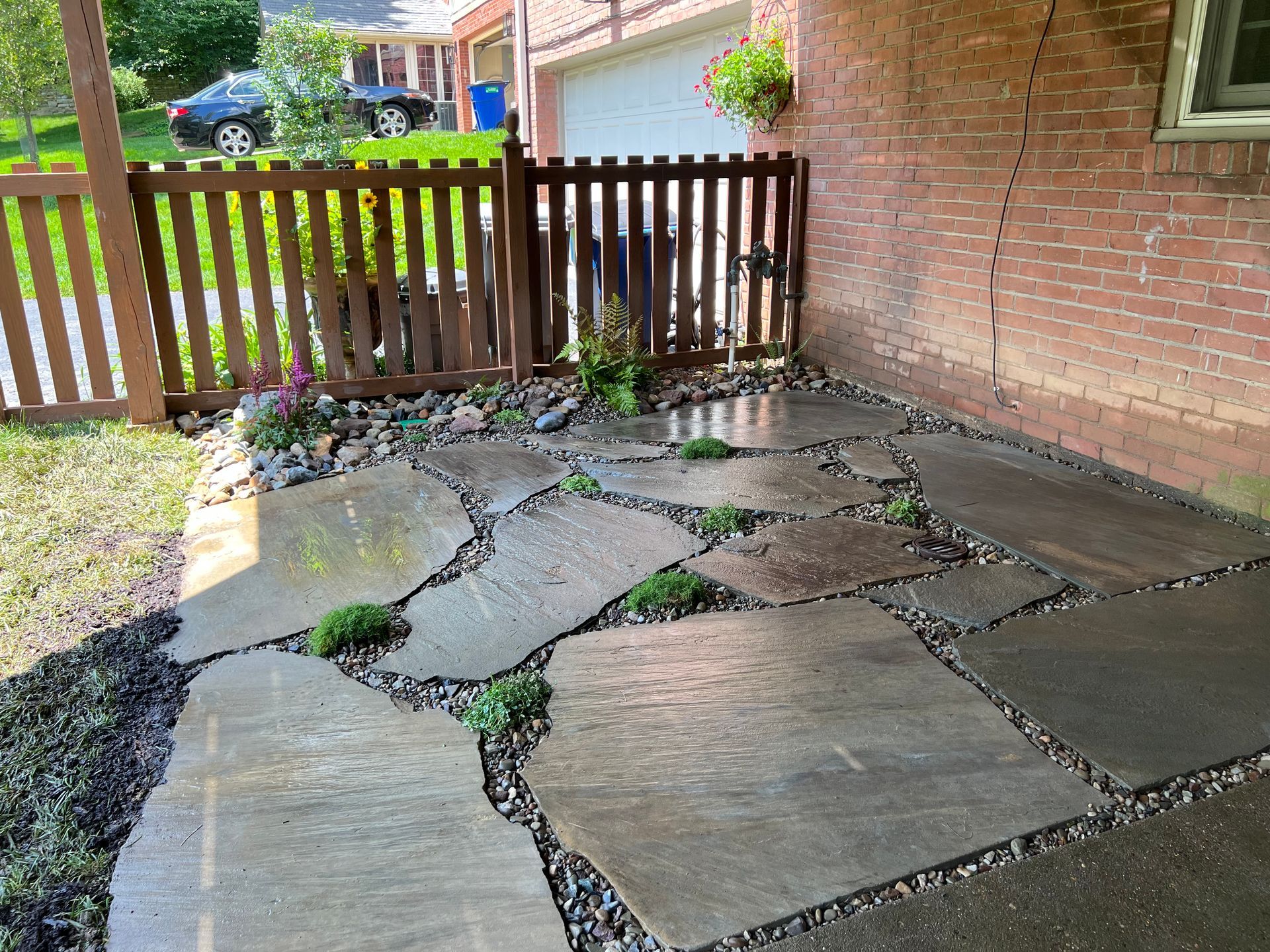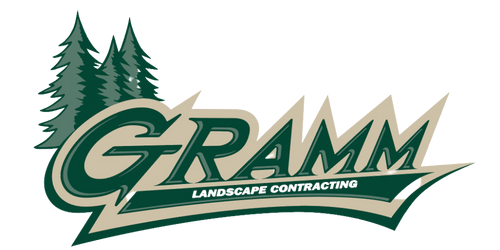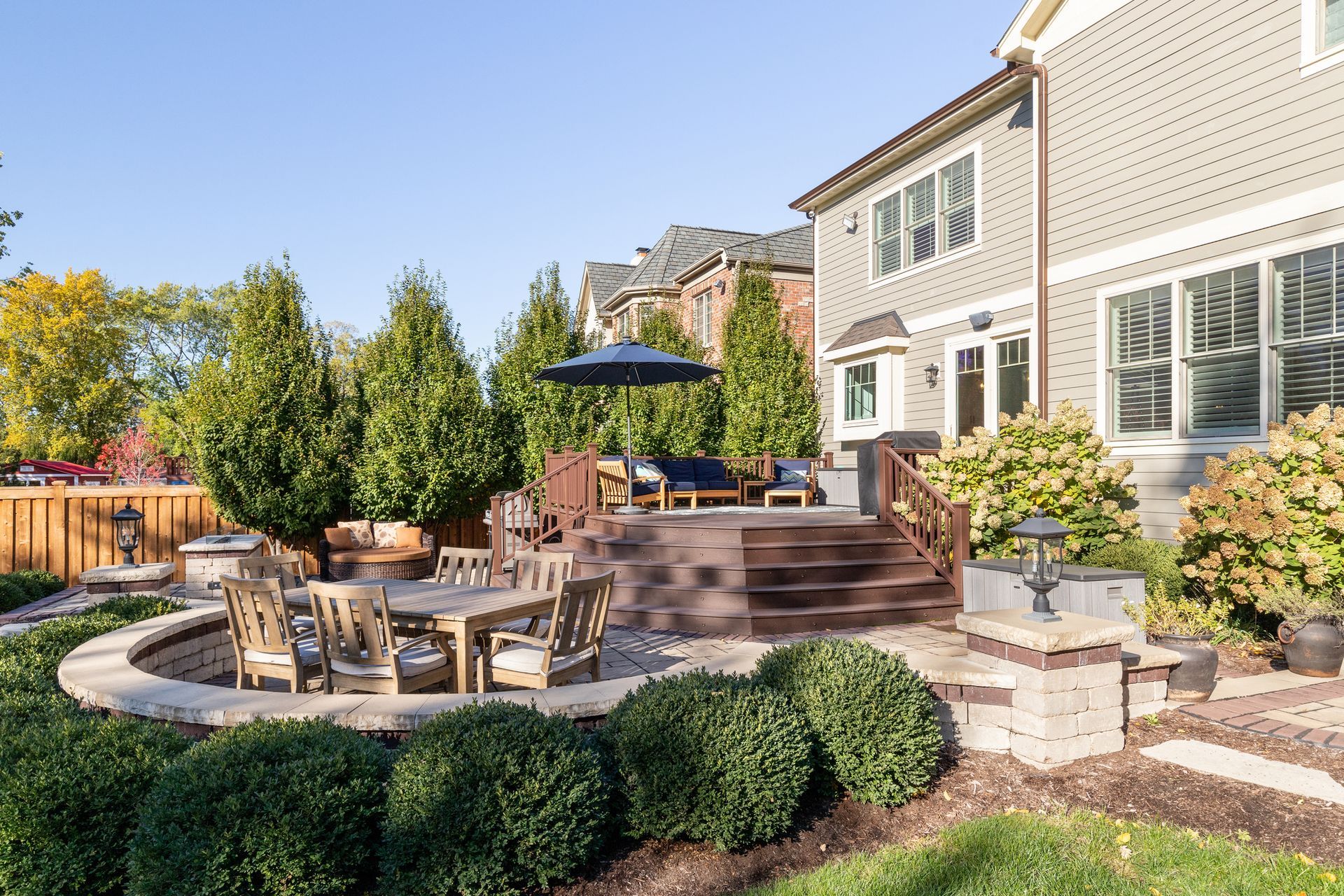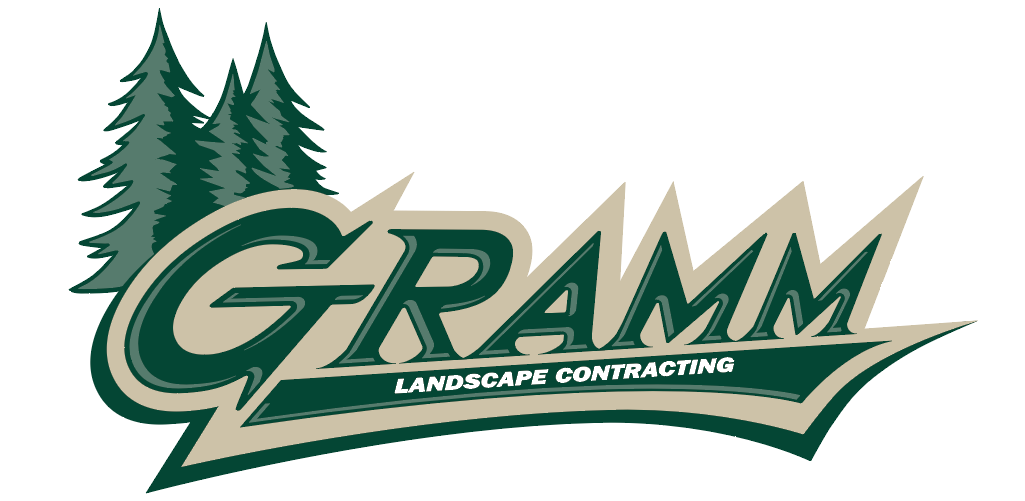By Jake Gramm
•
October 22, 2025
A patio is more than just an outdoor surface it’s the foundation for gatherings, quiet mornings with coffee, and evenings spent with family and friends. For Pittsburgh homeowners, choosing the right patio material is especially important because of the region’s seasonal changes. Cold winters, frequent freeze-thaw cycles, and humid summers all put outdoor surfaces to the test. Two of the most popular materials are natural stone and pavers for patios. Each has its own strengths in terms of appearance, durability, and cost. At Gramm Outdoor Contracting, we specialize in both types of installations, helping clients create outdoor spaces that suit their style, budget, and long-term needs. What Is a Natural Stone Patio? Natural stone patios are built from materials quarried directly from the earth, giving each project a distinctive character that can’t be replicated with manufactured options. Stones such as flagstone, bluestone, and limestone are among the most common choices in the Pittsburgh region. Flagstone offers a rugged, earthy look with irregular shapes, bluestone provides a uniform texture with a rich blue-gray tone, and limestone delivers a lighter, more classic appearance. One of natural stone's most appealing qualities is its timeless aesthetic. Each stone has its own variation in color, veining, and surface texture, ensuring that no two patios ever look the same. For homeowners who want a patio that feels integrated into the natural landscape, stone creates a sense of permanence and rustic charm. In terms of performance, natural stone holds up well under Pittsburgh’s climate when the right material is selected. Denser stones such as bluestone resist water absorption, which helps minimize damage during freeze-thaw cycles. However, some types of stone may require sealing or treatment to reduce slipperiness in icy conditions. Overall, stone is highly durable, though it typically comes with higher upfront costs and more labor-intensive installation compared to pavers. What Is a Paver Patio? Paver patios are built from manufactured units and are made of concrete, clay, or permeable materials. Unlike stone, which is cut and shaped by nature, pavers are designed with consistency in size and shape, making them highly versatile and predictable during installation. Concrete pavers are a popular choice because they are cost-effective and available in a wide range of colors, textures, and finishes. Clay pavers mimic the appearance of traditional brick and work well for homeowners seeking a classic or historic feel. Permeable pavers that allow water to filter through the surface are especially useful in areas prone to drainage issues, helping reduce stormwater runoff. Design flexibility is where pavers truly stand out. Homeowners can select materials from an almost endless variety of shapes, colors, and patterns, making it easy to match the patio to the home’s style. Whether you want a sleek, geometric design with clean lines or a more decorative pattern that adds visual interest, pavers make it possible. While pavers are generally more affordable than natural stone and easier to repair (since individual units can be replaced if damaged) they may fade over time with sun exposure. Proper installation is also critical to prevent shifting or settling, which is why working with an experienced paver patio contractor in Pittsburgh is so essential. Cost Comparison: Short-Term vs. Long-Term Investment When comparing stone and pavers, cost is often the deciding factor for homeowners. Pavers tend to have a lower initial price point because the materials are less expensive and installation is more straightforward. Natural stone, on the other hand, requires more time and effort to cut, place, and fit, which raises labor costs in addition to higher material prices. However, in the long term, natural stone can be a better investment. A properly installed stone patio can last for decades with minimal upkeep. Pavers also offer long-lasting durability, but because they are manufactured, they may show wear sooner or require periodic adjustments to correct settling. Maintenance plays a role as well. Paver patios may need occasional re-leveling or joint sand replacement, while stone patios might benefit from sealing or routine cleaning to preserve their natural look. In either case, both materials offer value, but the choice often comes down to whether you prefer a lower upfront cost or a longer-term natural investment. Aesthetic and Design Flexibility The look and feel of your patio is one of the most important factors to consider. Natural stone offers an organic, irregular appearance that blends seamlessly with wooded backyards, older homes, or rustic architectural styles. Its earthy tones and unique patterns give it a character that feels timeless and rooted in the landscape. Pavers, by contrast, are the go-to choice for homeowners who want design flexibility. Because they are available in a wide range of colors and can be laid in patterns such as herringbone, basketweave, or running bond, pavers make it possible to create a highly customized outdoor space. They work especially well for modern homes, geometric layouts, or homeowners who want precise, consistent lines. For those who want the best of both worlds, it’s also possible to combine stone and pavers in the same project. For example, you might choose natural stone for the main seating area and use pavers to create a contrasting border or pathway. When looking for patio builders near me, choose Gramm Outdoor Contracting, who can help design hybrid layouts that balance visual appeal with practicality. Durability and Maintenance in Pittsburgh’s Weather Western Pennsylvania’s climate presents unique challenges for outdoor surfaces. Between heavy rainfall, snow, and frequent freeze-thaw cycles, a poorly installed patio can quickly shift, crack, or lose its original appearance. Natural stone, when chosen wisely, is resilient in these conditions. Stones like bluestone and flagstone are particularly effective at withstanding Pittsburgh winters, although sealing may be recommended for extra protection. Pavers are also strong performers in this climate, especially when installed on a properly prepared base with good drainage. If damage does occur, replacing individual pavers is a straightforward fix. At Gramm Outdoor Contracting, we address these challenges from the ground up. Our team ensures every patio stone or paver rests on a solid foundation with proper compaction and drainage systems. This careful preparation helps protect against the effects of shifting soil and moisture, extending the lifespan of your investment. Installation Process: Natural Stone vs. Pavers The installation process for stone and pavers shares some similarities, but the details set them apart. With natural stone, each piece must be placed with precision, often requiring custom cuts to ensure a proper fit. This makes the process more labor-intensive and time-consuming, but the result is a unique surface that feels handcrafted. Paver installation, while more straightforward, also demands skill and accuracy. Pavers are laid in patterns that need to be carefully aligned, with edge restraints and proper compaction to keep everything in place. Although the process is generally faster than working with stone, the quality of the base preparation and finishing determines how well the patio holds up over time. Gramm Outdoor Contracting's crews bring expertise to both approaches. Whether handling the artistry of stone placement or the precision of paver installation, our team ensures each patio is built to last and tailored to the homeowner’s vision. Why Choose Gramm Outdoor for Your Patio Project The material you choose is essential, but the contractor you select makes the most significant difference in the success of your project. At Gramm Outdoor Contracting, we’ve worked with homeowners across Pittsburgh to design and build patios that balance beauty, function, and durability. Our process begins with a design consultation, during which we listen to your goals, discuss material options, and recommend layouts that complement your home. We source quality natural stone and paver products from trusted suppliers, ensuring that your patio is built with reliable materials. From start to finish, we manage every step of the project, keeping you informed along the way and focusing on long-term results. Clients often tell us that they appreciate not only the finished product but also the professionalism of our crews and the attention to detail that goes into each build. Whether you’re looking for a warm, rustic stone patio or a clean, modern paver design, our experience allows us to deliver outdoor spaces that feel like a natural extension of your home. Make The Right Choice for Your Home by Calling Gramm Outdoor Contracting! Both natural stone and paver patios offer excellent benefits for Pittsburgh homeowners, but the right choice depends on your needs. Natural stone provides unmatched individuality and timeless beauty, while pavers deliver design flexibility and a more budget-friendly option. Either way, a well-installed patio creates a welcoming extension of your living space that can be enjoyed for decades. At Gramm Outdoor Contracting, we’re here to help you make the decision with confidence. Whether you’re searching for a patio installation service near me, need a reliable paver patio contractor in Pittsburgh, or want skilled stone patio installation in Pittsburgh, our team can provide the expertise you need. Contact us today to schedule a consultation and take the first step toward creating a patio that enhances your home and fits your lifestyle.





